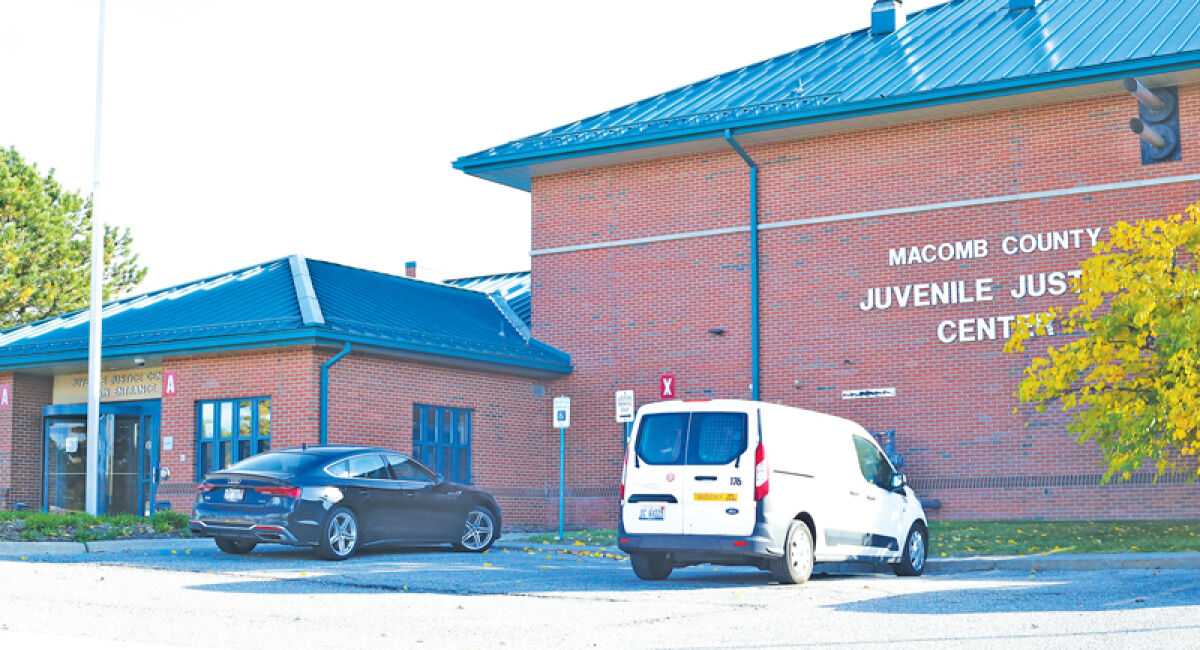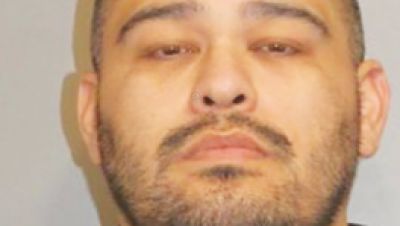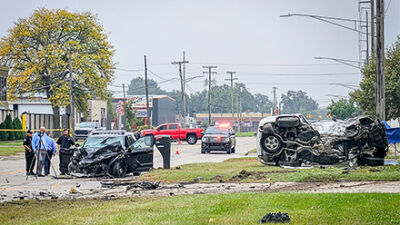MACOMB COUNTY — Issuing threats against places of learning is no laughing matter and serious consequences await those who try. Officials warn students and others from attempting such an act.
Glen Hartman, a St. Clair Shores Police Department juvenile detective, said police are notified by a school or the “Ok2Say” app about threats. Ok2Say is a safety program that allows Michigan residents and students to anonymously report threats of violence.
“The school will usually call down whoever reported it so you get some more information about it to see if we can figure out who made the threat,” Hartman said.
He said after that, the police get involved. Hartman works with the Lake Shore Public Schools district. Their first priority is to find out who made the threat and if it is legitimate or not. Hartman said they want to seclude the individuals and make sure they don’t have access to any weapons or bomb making materials.
“We don’t see a lot of bomb threats anymore,” Hartman said. “It’s more like threats of gun violence or something like that.”
Police will ask the individuals what they said and why to figure out their thought process. Hartman said the police, the schools and the prosecutor’s office take threats very seriously.
“And if we find out that a statement was made and that there was kind of a threat of violence to the school, typically we are seeing a lot of prosecutions nowadays with that,” Hartman said.
They submit the reports to the county prosecutor’s office and prosecutors will look at the report and make the decision to press charges or not. Hartman said it frequently depends on the child’s age. He said middle school and high school students will often be charged with crimes while it’s not as common at the elementary school level.
“You’re seeing threats from kind of the whole K through 12 but they really take a look at the age, and do they (the kids) really understand what they’re saying,” Hartman said. “A lot of younger kids, they really don’t know what they’re saying. They’re just kind of regurgitating things they hear. That’s a little different than a 10th grader who’s making a statement about bringing a gun to school, right?”
Hartman said he rarely sees threats made from outside the student population.
“Usually, it’s kids who are either joking around or trying to scare the school to get a couple days off or something like that,” Hartman said. “Or they say something out of anger. They just kind of blurt out or send a message and it kind of gets back to school administrators.”
Hartman went on to say students will post threats to public forums and social media such as Snapchat or Instagram. The students don’t think it will get back to the school, but other students will report it to school authorities.
Hartman said he doesn’t think most students understand the severity of their words though they should consider cases reported by the media companies.
“Sometimes they say these things. It gets to that level,” Hartman said. “A lot of times you ask them, and they say, ‘I don’t know why I said it.’”
Hartman said the last 10 years they’ve seen an uptick in threats. After a school shooting in the country, he said they see an uptick in threats of violence toward schools nationwide.
According to a Sept. 6 press release from the office of Macomb County Prosecutor Peter Lucido, 145 threat-related warrants and charge requests were authorized during the 2022-23 school year and 99 during the 2023-24 school year. Lucido expects an increase during the 2024-25 school year with 65 charges being filed in 2024 as of Sept. 24.
“I’m sure all the school districts around the country are kind of seeing the same thing,” Hartman said. “I’m not really sure the psychology behind that or why but there is something to every time there is a national event you do see it trickle down to kind of schools all over the country.”
Attempts to deter future threats is a two-strategy process. The first strategy relies on educating students and parents about the risks that come with making a shooting or bomb threat. In the case of the prosecutor’s office, this approach includes delivering anti-violence presentations in county schools. Presentations make sure to mention the crimes associated with threats — including the 20-year felony communicating a threat of terrorism charge and the four-year felony charge for calling in a bomb threat. Students are reminded that they can lose opportunities later in life by calling in a threat.
“We remain committed to implementing any strategy to prevent the root of the problem,” Lucido said. “Every time I’ve seen people get educated about things there’s a change about how they think or what they may or may not do. If I knew that I may not go to college by doing like this and would be barred from getting financial aid or going into the military or, the worst part is, if I can’t get a job when this is all over with, maybe you’ll see those (threat) numbers go down.”
The second strategy is the legal system at work. A four- or 20-year change is intimidating in the abstract but is suddenly a lot more concerning when having it read off as a charge in court proceedings. Students may have years of their life spent behind the bars of the juvenile and possibly even adult court systems, while parents will have to pay for housing and providing for their child while at the Juvenile Justice Center. Costs associated with the initial response to the threat — such as sending ambulances and specialized police units to the scene — will be borne by the students and their families as well.
Of course, not every threat case is the same and throwing every offender into juvenile detention is hardly the most productive approach. The juvenile system in Macomb County is already structured primarily around anti-recidivism training rather than the more punitive nature of the adult system, and resources are available to determine how each arrested and convicted threat-making student is handled.
“I rely on the experts within our system to tell us whether or not this was a childish prank that turned serious, and it won’t happen again because they are amenable to the services that will be provided, or this child has some deep-seated issues that will need a lot of attention,” Lucido said. “That predicates on what we’re going to do in the justice system to bring about a just result with safety at the forefront.”
Hartman wants to warn people about issuing these types of threats and for parents to stay vigilant about checking what their children are doing online.
“I’d really encourage them to have conversations with their kids about making statements like that and threatening violence at school and anything with weapons and school just don’t mix,” Hartman said.
The prosecutor offered words of caution for students pondering calling in a threat.
“Don’t do it,” Lucido said. “Just don’t do it in Macomb. You will be held accountable. Your family is going to have to participate regarding the economics that go along with this.”
Lucido’s pleas extend to adults as well. He asked parents to keep an eye on what their children are doing and called upon school districts to adopt zero tolerance policies toward in-school violence and threats.
“If we don’t stop this early on, it will get out of control,” Lucido said. “What we want to do is immediately take them out of harm’s way of other students, administrators and teachers … and put them in the youth home or the Juvenile Justice Center and have them evaluated immediately as to why this behavior had come about.”
Tips to Ok2Say can be made online, through text at 65279 or by calling 8-55-OK2SAY. If it is a true emergency, dial 911.
 Publication select ▼
Publication select ▼


























